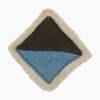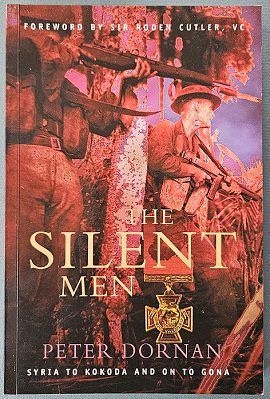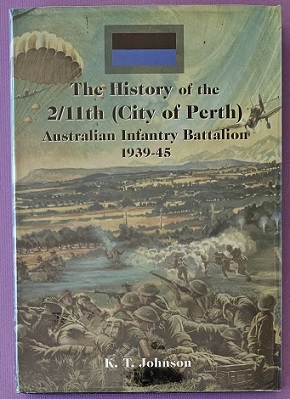Description
Title: Souvenir Brochure 27th Infantry Battalion (South Australian Scottish Regiment)
Author: Unknown
Format: Digital Download (E-Book) – 45 pages
Comments: Regimental Books is delighted to present the ebook version of rare and highly sought after souvenir of the 27th Battalion (South Australian Scottish) which includes pictures and a brief history of the battalion.
Our e-books represent affordable access to now rare and highly desirable Australian military titles that are not easily found in traditional printed book format. Ideal for people conducting military or family history research, our growing range of ebooks will give you fast and convenient access to information that will assist you in your research or just make for an interesting and compelling read.
After the First World War the defence of the Australian mainland lay with the part time soldiers of the Citizens Military Force, otherwise known as the Militia. The Militia was organized to maintain the structure of the First AIF and kept the same numerical designations. In 1928 the 27th Infantry Battalion became associated with the Royal Inniskilling Fusiliers (the 27th Regiment of Foot). In 1938 the 27th became the “South Australian Scottish Regiment”, wearing the MacKenzie tartan, and was associated with the Seaforth Highlanders. Unusually the 27th also maintained a pipe band which, evidently, was not always appreciated by its sister battalions when the brigade was in camp. The 27th was originally part of South Australia’s 3rd Brigade.
With the outbreak of the Second World War in 1939, the 27th was called up for protective duties in South Australia and held regular training camps. On 9 December, two days after Japan entered the war, the battalion was mobilised and travelled to Darwin by road and rail – the journey took six days. The battalion was based at Winnellie and throughout January worked on defensive positions at Nightcliff, Casuarina, Rapid Creek, Shoal Bay, Leeanyah Swap, Howard River, and Lee point. The 27th got its first taste of action in Darwin, with the Japanese bombings of the town throughout 1942.
In December 1943 the 27th joined the 23rd Brigade, previously part of the 8th Division. When two of its battalions were captured on Ambon and Timor the brigade was reformed with Militia units. The 7th and 8th Battalions also joined the brigade.After being in Darwin for over a year, in March 1943 the 27th was relieved and returned to Adelaide. In December the battalion again headed north, this time to the Atherton Tablelands for intensive training.
The 27th was destined for more garrison duties. As part of the Bougainville campaign, the 23rd Brigade was to relieve the American garrisons on the Outer Islands in September 1944. The 27th took over from the Americans on Green (Nissen) Island and were the first Australian troops to land in the Solomon Islands.
The 27th’s role was to defend the airfield on Green Island and conducted surveillance of the surrounding islands still occupied by the Japanese. To escape the boredom and monotony, volunteers from the 23rd Brigade also worked as crews on American PT boats, raiding Japanese occupied islands in New Ireland and New Britain.
In 1945 the 23rd Brigade moved to Bougainville, becoming responsible for the Central and Northern Sectors. In March the 27th moved into the Central Sector, relieving the 55/53rd Infantry Battalion on the Laruma River and the 31/51st Infantry Battalion on Pearl Ridge in April. After years of static garrison duties, the 27th was finally about to go into combat. For six weeks the battalion patrolled extensively and carried out several small attacks, capturing Little Hunt’s and Berry’s Hills, as well as Tiernan’s Spur.
Having been “blooded”, the 27th moved to the Bonis Peninsula in the Northern Sector. The Japanese were far more active in the Northern Sector and, like the Australians, carried out long range patrols and set booby traps. The 27th was also subject to frequent shelling from Japanese artillery, even on 15 August, the day Japan surrendered.
In September the 27th returned to Torokina, the Australian base on Bougainville. With the war over, the ranks of the 27th thinned, as men were discharged, transferred, or volunteered for the occupation of Japan. By mid-1946 most of the battalion had returned to civilian life and the 27th was disbanded on 1 May 1946.
Available now as a digital download.
NOTE: File is downloaded as a .zip file
Devices:
iPhone / iPad
Android phones & tablets
Kindle Fire
e-readers with Adobe Digital Editions installed
PC
Mac
File Formats:
Download: Zip/PDF.
Please note that the file download link will be available on the web page after the check out is complete (so don’t close your browser window immediately). Otherwise, go to “My Account” to access the download link.





